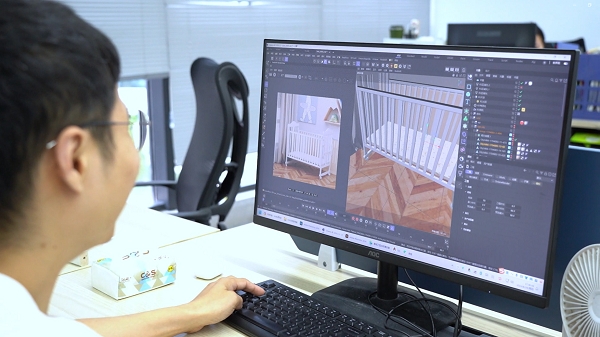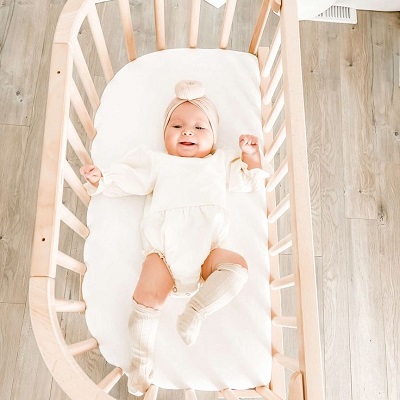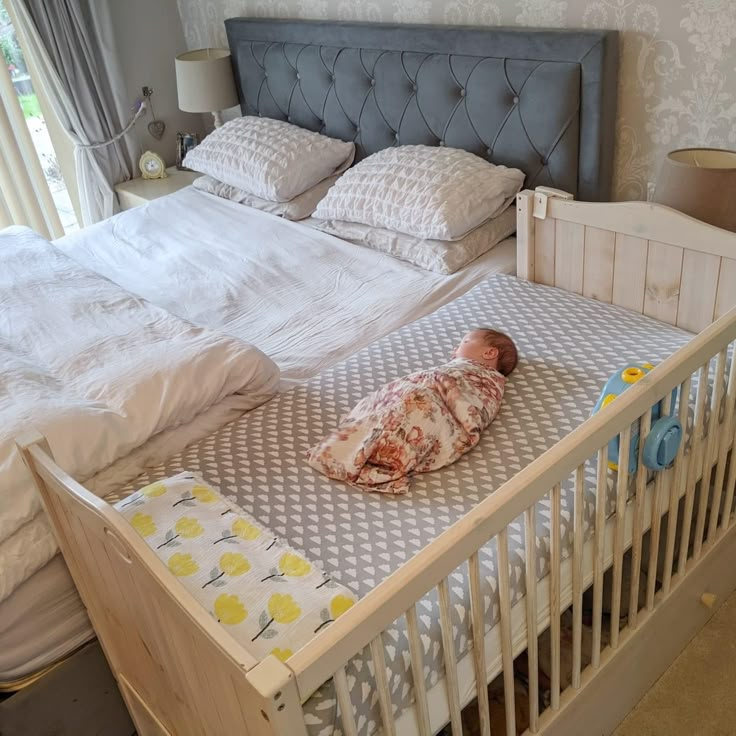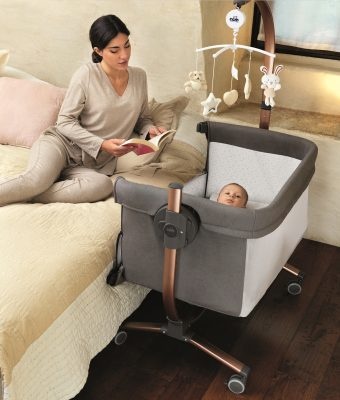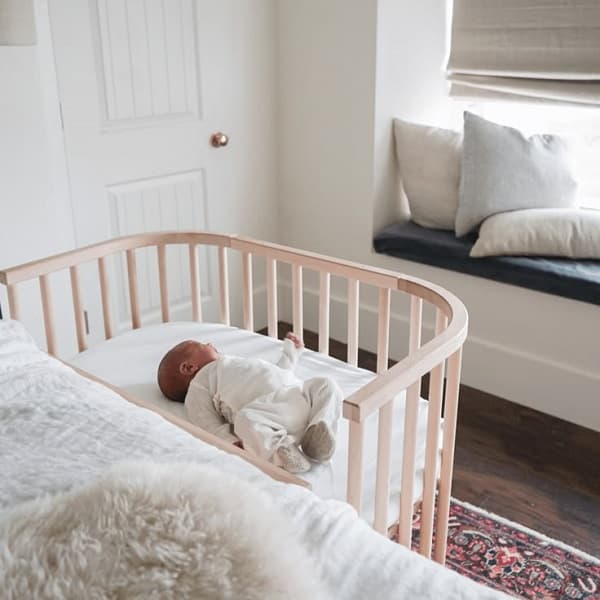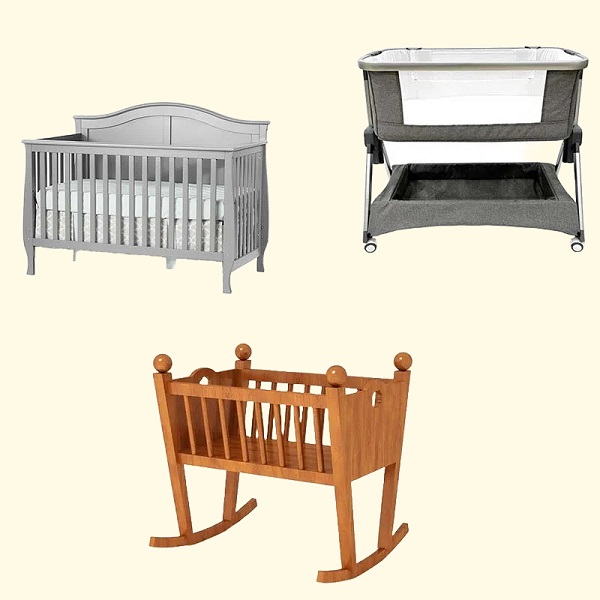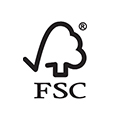Navigating the world of children’s furniture can be a whirlwind of decisions, styles, and safety considerations. Among these, bunk beds stand out as a space-saving solution. But, as with any furniture designed for children, questions and concerns naturally arise.
This comprehensive guide aims to explore every facet of choosing, using, and enjoying bunk beds while ensuring your kids’ safety and maximizing room space and style.
Are Bunk Beds Safe for Kids?
Given the height of bunk beds and the potential for falls or injuries, it makes sense that there are concerns about the safety of children sleeping in them.
Nonetheless, with advancements in design and safety standards, many of these risks have been significantly mitigated. Key features such as guardrails, sturdy ladders, and proper mattress support have become standard in modern bunk bed design.
Guardrails, in particular, play a crucial role in preventing accidental falls during sleep, providing a protective barrier for the sleeper on the upper bunk. Sturdy ladders offer a secure means of accessing the top bunk, reducing the risk of slips or falls during ascent or descent.
Additionally, ensuring adequate mattress support helps maintain stability and structural integrity, further enhancing safety.
Despite these advancements, supervision and education are key. Teaching children the proper way, such as no roughhousing on the upper bunk and always using the ladder for getting up and down, is essential.
While acknowledging the potential risks associated with bunk beds, it’s evident that with proper design, adherence to safety standards, and responsible usage, these beds can provide a comfortable and safe sleeping environment for children.
What Age Can Kids Sleep in a Bunk Bed?
Most pediatricians and safety organizations, such as the American Academy of Pediatrics (AAP), recommend bunk beds for children 6 years and older, as younger children may lack the coordination needed to safely climb up and down ladders.
But whether you can really let your child sleep in a bunk bed depends on assessing the child’s maturity, coordination, and ability to follow safety guidelines.
Children need to have basic risk assessment skills and understand the dangers of playing or jumping in high places (such as the top bunk) and can consciously avoid such dangerous behaviors.
You also need to pay special attention to the weight capacity of the bunk bed. Because you may let your child sleep in it for a long time.
On average, a standard bunk bed can support about 150-200 pounds on the top bunk and more on the bottom bunk. It’s important to note that this includes both the sleeper’s weight and the weight of the mattress.
For families with older children or teens, it may be wise to consider bunk beds designed to hold more weight.
How to Pick the Right Bunk Bed for Your Child?
1. Consider and Clarify Your Actual Needs
Younger children may prefer a lower bunk bed that’s easier to get in and out of, while older children may enjoy the novelty of sleeping on the top bunk. Consider whether your child needs additional safety features, such as guardrails or stairs with handrails.
Some bunk beds come with built-in storage drawers, shelves, or trundle beds, which are useful for maximizing space in a child’s room.
2. Understand the Differences in Bunk Bed Materials
Solid Wood Bunk Beds
High-quality hardwoods such as oak, maple, or cherry can withstand years of use without showing signs of wear and tear. They come in a wide range of finishes, allowing for customization to match the room’s aesthetic.
Wooden bunk beds are often heavier, which makes them harder to move or reposition. However, this weight can also increase their stability and sturdiness. Due to the cost of materials and workmanship, wooden bunk beds tend to be more expensive.
Engineered Wood Bunk Bed
Engineered wood utilizes a combination of wood products, such as particleboard, MDF (medium-density fiberboard), or plywood, bound together with adhesive and compressed under high pressure.
While these materials can emulate the look of real wood at a lower cost, their durability and weight capacity might not match up to solid wood options.
3. Choose the Right Bunk Bed Size
| Letto a castello singolo su singolo | This is one of the most popular sizes, featuring two twin-sized beds stacked on top of each other. | 75 in × 39 in |
| Letto a castello singolo sopra letto matrimoniale | The top bunk is a twin-sized bed, while the bottom bunk is a full-sized bed. | Twin bed: 75 in × 39 in Full bed: 75 in × 54 in |
| Letto a castello matrimoniale | Features two full-sized beds stacked on top of each other. | 75 in × 54 in |
| Twin over Queen Bunk Bed | The top bunk is a twin-sized bed, while the bottom bunk is a queen-sized bed. | Twin bed: 75 in × 39 inQueen bed: 80 in × 60 in |
The above are common bunk bed sizes.
Twin over twin bunk beds are more suitable for children, the space is relatively small, reducing their discomfort.
If a younger child and an older child (such as a teenager) share the bunk bed and it may be in this state for a long time, considering the development of the older child, you can choose a twin over full bunk bed.
Keep in mind that larger bunk beds may require more space to accommodate the bed frame and move around.
4. Evaluate Bunk Bed Safety Features
To avoid any potential hazards, it’s important to evaluate the safety features when choosing a bunk bed.
Look for features like sturdy guardrails on the upper bunk, a safe ladder or stairs for accessing the upper bunk, and rounded edges to minimize the risk of injury.
Also, make sure the product doesn’t contain harmful chemicals like formaldehyde and VOCs, which can be found in the raw materials, paints, finishes, adhesives, and sealants of some lower-quality bunk beds.
Choose an eco-friendly bunk bed made of solid wood, natural finishes, and certifications like Greenguard Gold or FSC.
5. Test Stability and Quality
Before buying, inspect the bunk bed in person. Gently push the bed from multiple angles. A quality bunk bed should be stable and not rock excessively. Test the sturdiness of the ladder by applying downward pressure. It should feel secure and not rock under normal use.
What Are the Common Children’s Bunk Bed Styles?
Bunk Bed with Desk
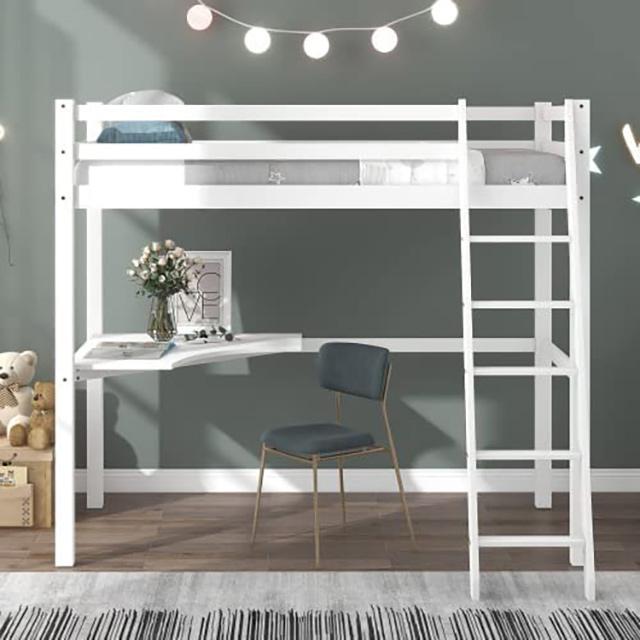
Bunk beds with desks feature a loft-style design where the top bunk is elevated, providing space underneath for a built-in desk. This configuration maximizes floor space in smaller rooms by combining two essential pieces of furniture into one.
Application Scenarios: Bunk beds with desks are ideal for children’s bedrooms, teen rooms, or dormitories where space is limited. These beds are especially suitable for students who need a quiet and organized space for homework, studying, or creative activities.
Children’s Bunk Beds with Slide
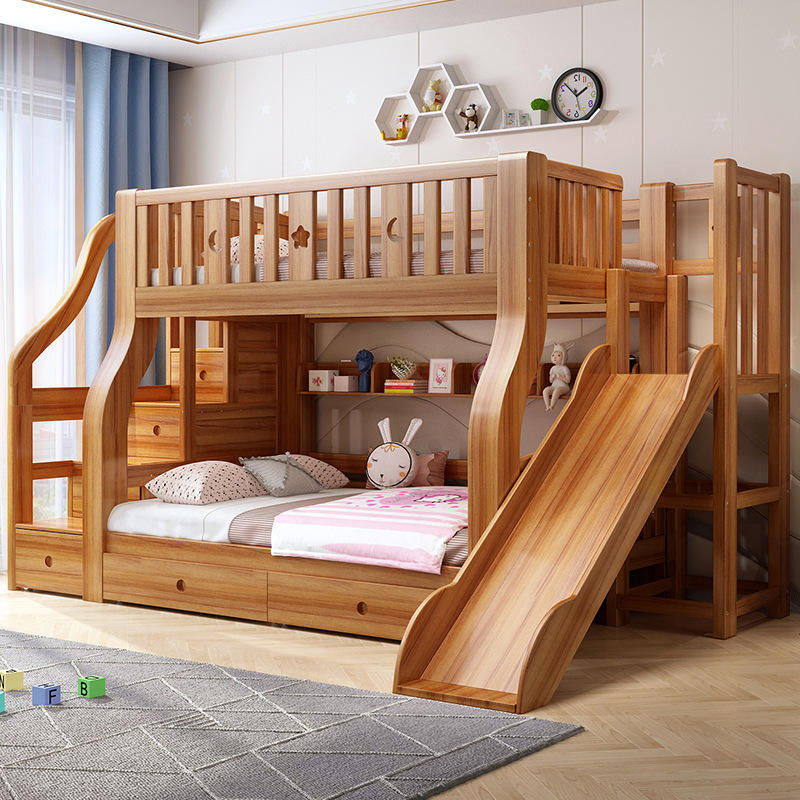
This is a bunk bed that will make kids squeal with excitement. Which kid wouldn’t want to have his or her slide in the room? They can freely arrange their playtime, and they can also invite their best friends to play together.
These beds typically feature an attached slide that allows children to safely and easily exit the top bunk. These beds often come in playful designs and vibrant colors to appeal to children’s imaginations.
Application Scenarios: Bunk beds with slides are perfect for children’s bedrooms or playrooms. These beds are particularly popular in households with younger children who may be transitioning from a crib to a bed, as the slide provides a fun incentive for them to sleep in their own space.
Bunk Bed with Storage Stairs
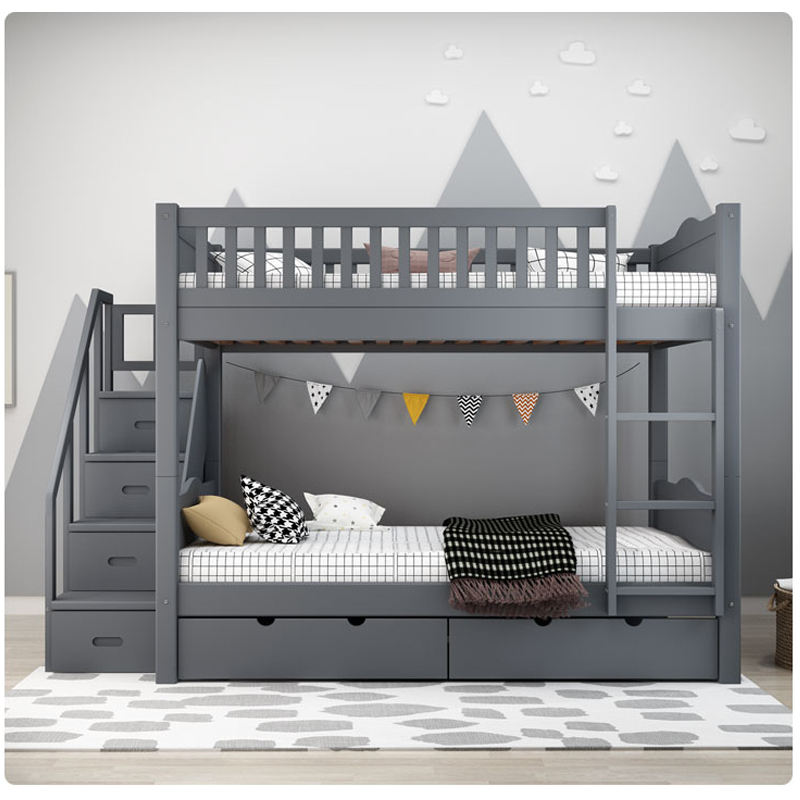
This is a very popular style among parents and children and is the first choice for many families. Bunk beds with storage stairs incorporate storage drawers or compartments into the staircase leading to the top bunk.
Each step of the staircase serves as a drawer or cubby, providing convenient storage space for clothing, toys, books, or other belongings. This design maximizes vertical space and eliminates the need for separate storage furniture in the room.
Application Scenarios: Bunk beds with storage stairs are ideal for children’s bedrooms or shared spaces where storage is limited. They provide multiple storage spaces while also serving as a safe and easy-to-use access point to the top bunk.
Low Bunk Bed
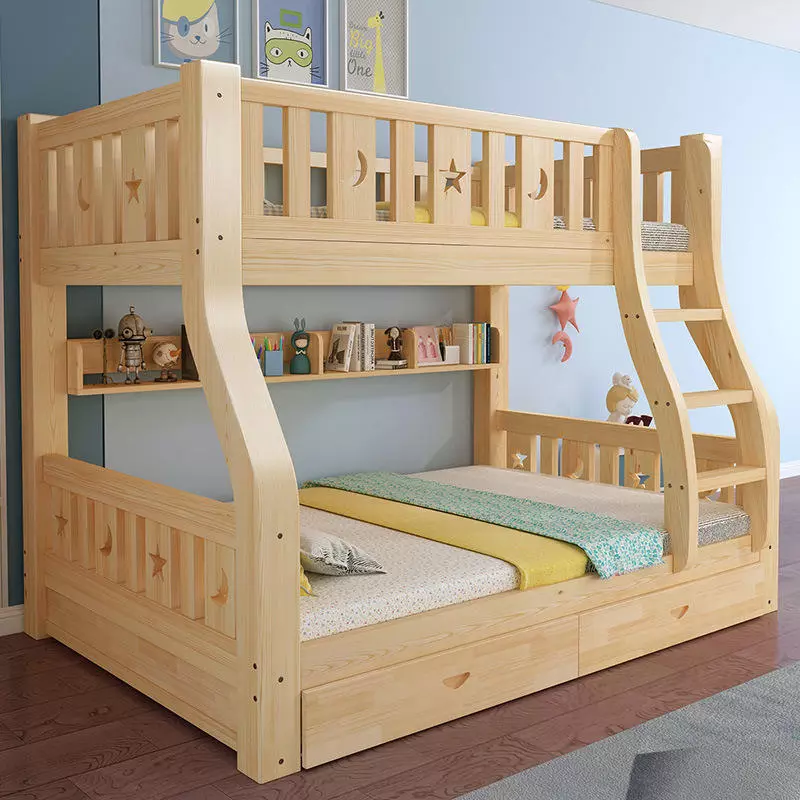
A low bunk bed is designed with both the top and bottom bunks positioned closer to the ground compared to traditional bunk beds. This design is particularly suitable for younger children or rooms with low ceilings.
Low bunk beds typically feature a shorter height between the bunks, making it easier for children to access both sleeping surfaces safely. This type of bed is also very Montessori style. The low height promotes independence and freedom of movement.
Application Scenarios: It is ideal for children’s bedrooms, preschools, or daycare facilities where safety and accessibility are a priority.
Is It Necessary to Make Custom Bunk Beds for Children?
Many manufacturers now offer custom bunk bed services to meet customers’ special needs and preferences. If you have the following situations, it is still necessary to choose customized services:
1. If your room has unique dimensions, angles, or architectural features that don’t accommodate standard bunk bed sizes, customization may be necessary to ensure a perfect fit and optimal use of space.
2. If you require specific features or functionalities not commonly found in standard bunk beds, such as built-in storage solutions, integrated study areas, or safety modifications for children with special needs, customization allows you to tailor the bed to meet these unique needs.
3. If you have a unique idea for a bunk bed and want one that exactly matches your heart’s desire, then don’t hesitate, customization options can do just that.
A Bolder Idea: Built-In Bunk Bed for Your Kids
If you have a special fondness for bunk beds and plan to make them a part of your and your children’s lives for a long time, then consider a built-in bunk bed option.
Built-in bunk beds can be a fantastic and bold design choice, especially for rooms with limited space or unconventional layouts.
Built-in bunk beds are bunk beds that are designed to be integrated directly into the structure of a room. Unlike freestanding bunk beds, which can be moved or relocated, built-in bunk beds are fixed in place and typically constructed as part of the room’s architecture or custom-built to fit within specific dimensions.
Built-in bunk beds create a cohesive and integrated look in the room, blending with the overall decor and architecture. With built-in bunk beds, you have endless customization options to tailor the design to your exact specifications.
Tips for the Safe Use of Bunk Beds
Age appropriateness: It’s essential to consider the maturity and developmental stage of the children who will be using the bunk bed. Younger children might not yet possess the necessary responsibility to safely sleep in a top bunk.
No jumping: Discourage children from jumping on the bunk beds, and emphasize the importance of using the ladder to descend from the top bunk rather than jumping off.
No rough play: Teach children to avoid rough play on or around the beds, as this can increase the risk of falls or other accidents.
Nightlights: Consider using nightlights near the bed to provide visibility during the night, especially for children sleeping in the top bunk who may need to navigate the ladder in the dark.
Getting in and out of the top bunk safely: Always use the ladder provided to climb up to the top bunk. Discourage children from climbing or jumping onto the top bunk from other furniture or surfaces. Teach children to wait for the person ahead of them to climb up or down the ladder before starting their ascent or descent.
Conclusione
Toddler bunk beds are a versatile and practical solution for families looking to optimize space in kids’ bedrooms. Many children enjoy the novelty of sleeping in bunk beds and may even view them as a fun and exciting aspect of their bedroom decor.
By choosing a well-designed and safe bunk bed, parents can create a comfortable and inviting bedroom environment.
Articoli correlati consigliati:

